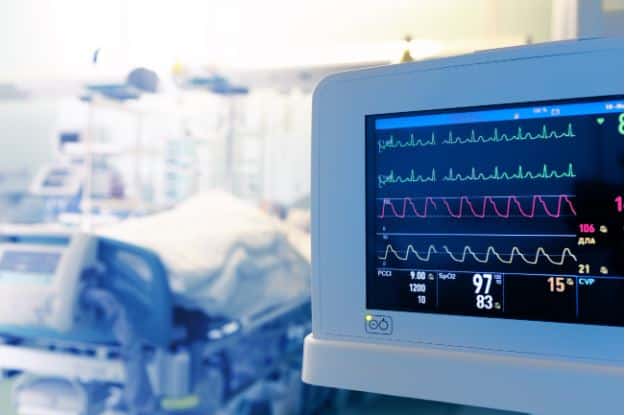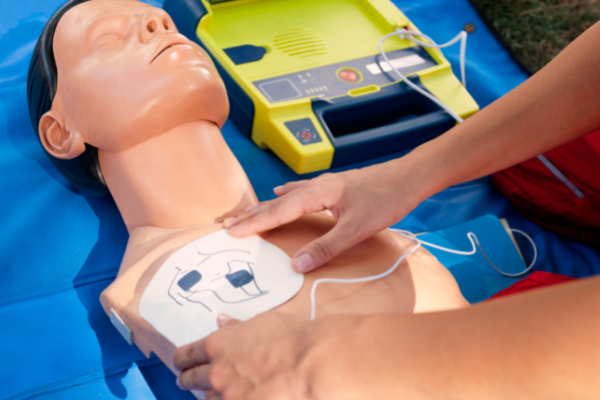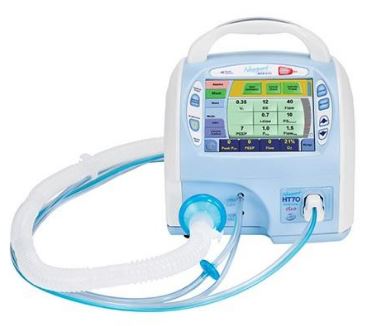
The Benefits of Real-Time Patient Monitoring in Critical Care Units
In today’s rapidly evolving medical landscape, real-time patient monitoring has become essential in critical care units. Its implications are significant, particularly in optimizing patient care, improving treatment plans, and mitigating potential risks. Keep reading to learn the advantages of real-time patient monitoring in critical care settings and the equipment that powers this technology.
Improved Patient Outcomes
Continuous monitoring of vital signs such as heart rate and blood pressure enables healthcare professionals to react promptly to changes in the patient’s condition. As a result, they can identify and address complications early, reducing adverse events and potentially improving survival rates.
Reduced Strain on Nursing Staff
In critical care units, nursing staff often bear the brunt of most manual tasks, such as patient observation and physical record-keeping. However, real-time patient monitoring systems can alleviate this burden by automating many of these tasks. These systems can alert the nursing staff to any critical changes, streamlining the decision-making process and ensuring prompt action.
Cost-Effective and Time-Efficient
Real-time patient monitoring systems reduce the need for excessive testing, as continuous data collection enables clinicians to determine more accurate treatment plans. Additionally, fewer complications and readmissions due to improved patient outcomes can result in a more cost-effective healthcare system.
Remote Monitoring
Real-time patient monitoring is crucial for telemedicine, particularly in critical care settings. Remote monitoring systems enable healthcare providers to monitor patients from a distance, assess their vital signs, and make timely decisions about the care plan. This is particularly useful during pandemics or emergencies when healthcare facilities are overwhelmed and resources are limited.
Real-Time Patient Monitoring Equipment
Real-time patient monitoring in critical care units has come a long way, thanks to modern equipment that supports this technology. Some essential devices include the following:
- Multi-parameter monitors to measure and display a range of vital signs simultaneously
- Smart, wireless sensors to collect and transmit patient data securely
- Non-invasive blood pressure (NIBP) monitors for continuous blood pressure data
- ECG monitoring systems to detect cardiac abnormalities
- Continuous Glucose Monitors (CGMs)
Work With High-Quality Patient Monitoring Equipment
Real-time patient monitoring in critical care units brings remarkable benefits to both healthcare providers and patients. At Coast Biomedical Equipment, we offer a variety of patient monitoring equipment to ensure the best care for your patients. Browse our selection to find the best device for your facility.




